Tag: etymology
-
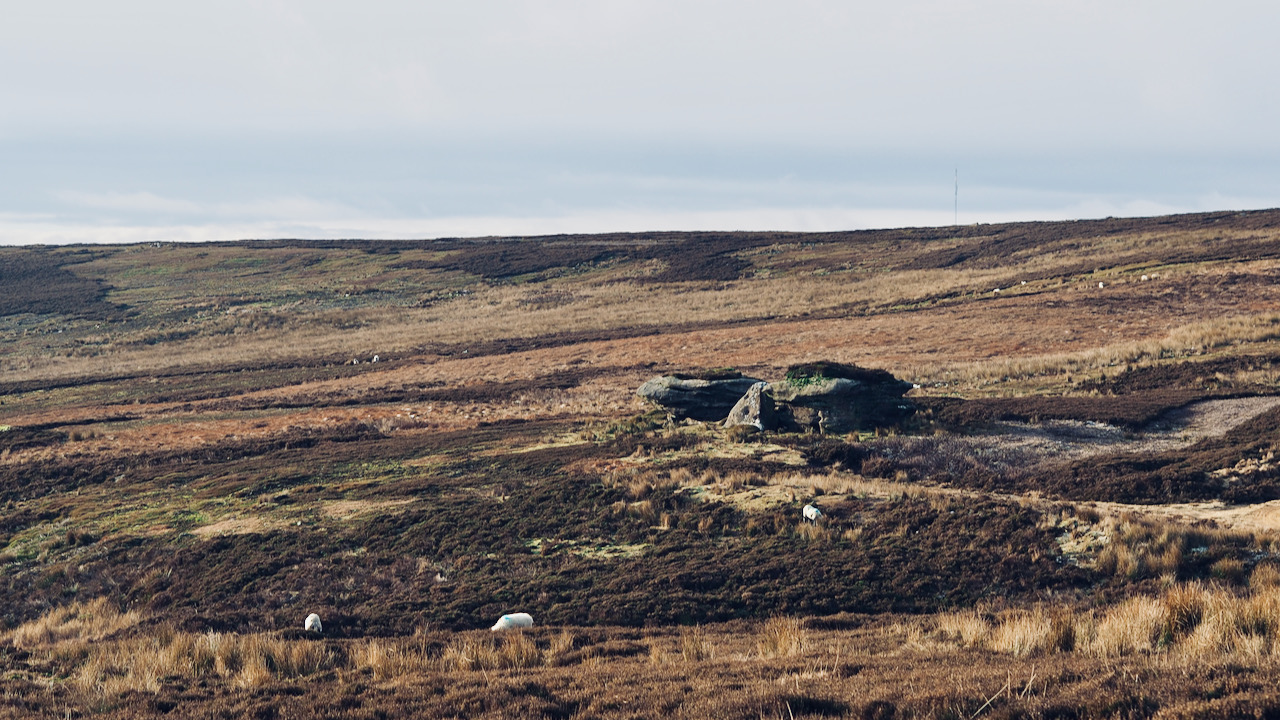
Brock or Huckster? What’s behind the name of the Badger Stone?
I succeeded in reaching the Badger Stone before the snow came. By the time I returned to the car, I had transformed into a snowman. The Badger Stone, an oddity in itself, is a sturdy sandstone outcrop standing alone and distant on the periphery of a plateau within a desolate moorland, rising to a height…
-
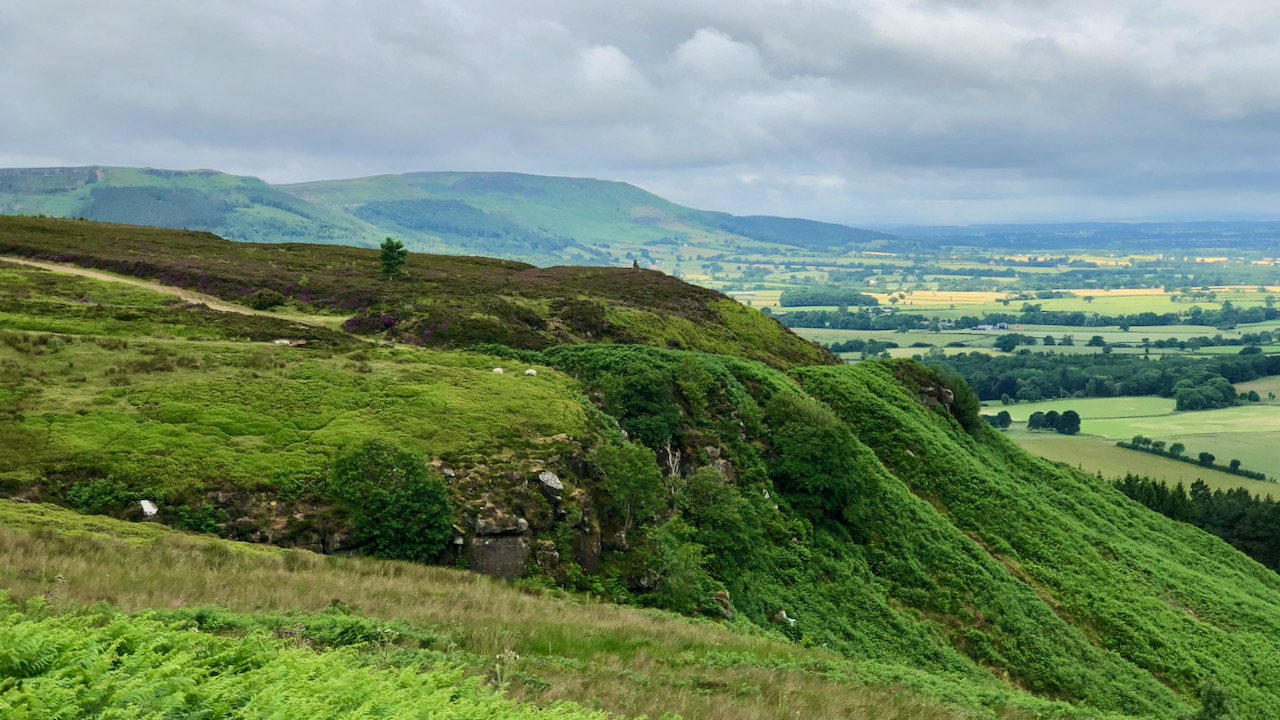
William Parkinson and the gibbet on Turkey Nab
I reckon Turkey Nab must be one of the steepest hill climbs in Cleveland. It’s one of those routes where vehicles can be driven without tarmac, which makes it popular with 4WD enthusiasts. But for cyclists, it’s a different story altogether. That loose gravel turns it into a proper challenge. This high moorland route has…
-
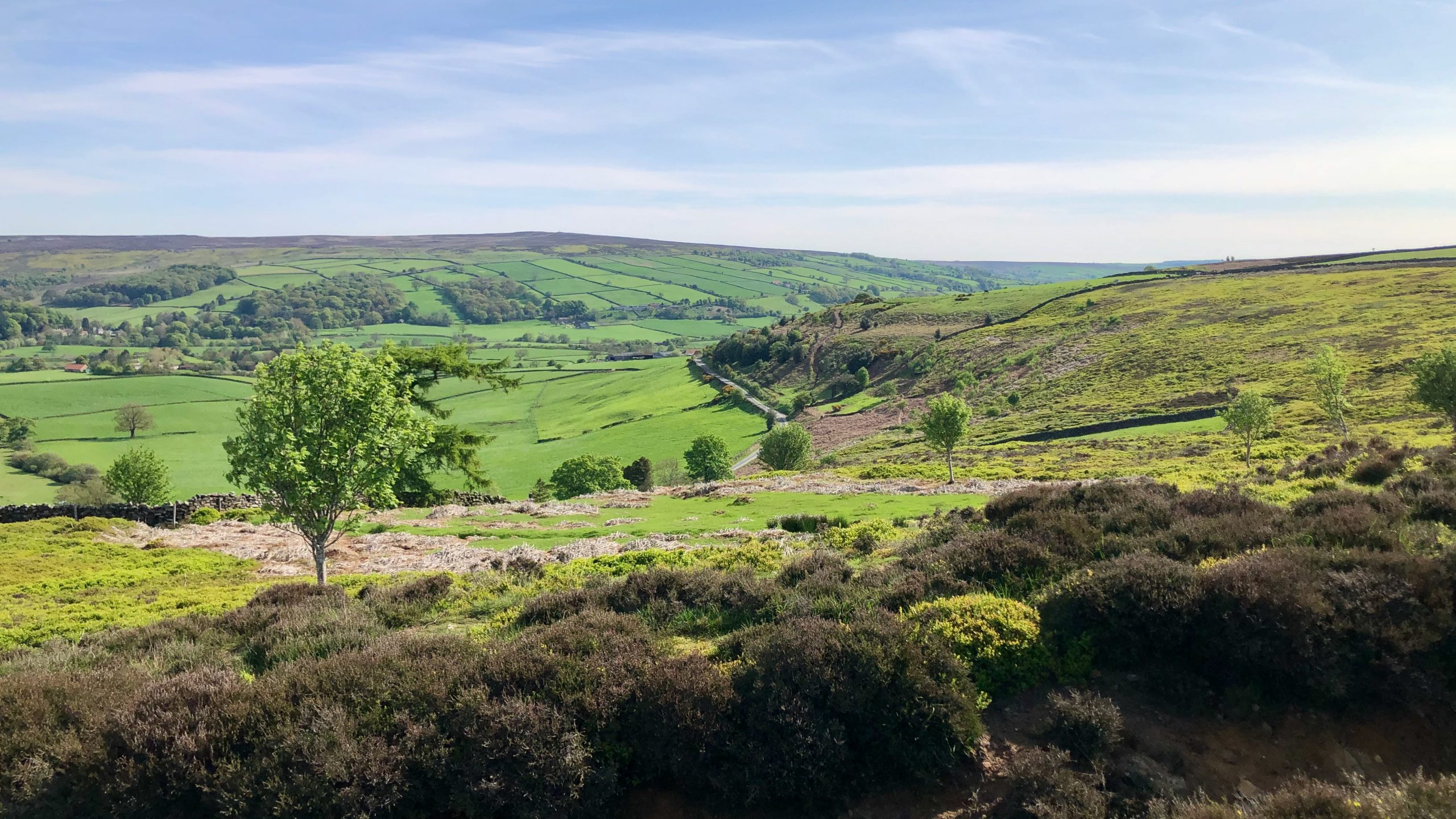
The Coombs
The moors have been transformed into a vibrant green as bilberries blanket the landscape. From this vantage point in the Esk valley, overlooking a basin resembling an armchair at the northern edge of Danby Rigg, known as ‘The Coombs.’ A captivating scene which caught the attention of Rev. Canon Atkinson, who dedicated fifty years as…
-
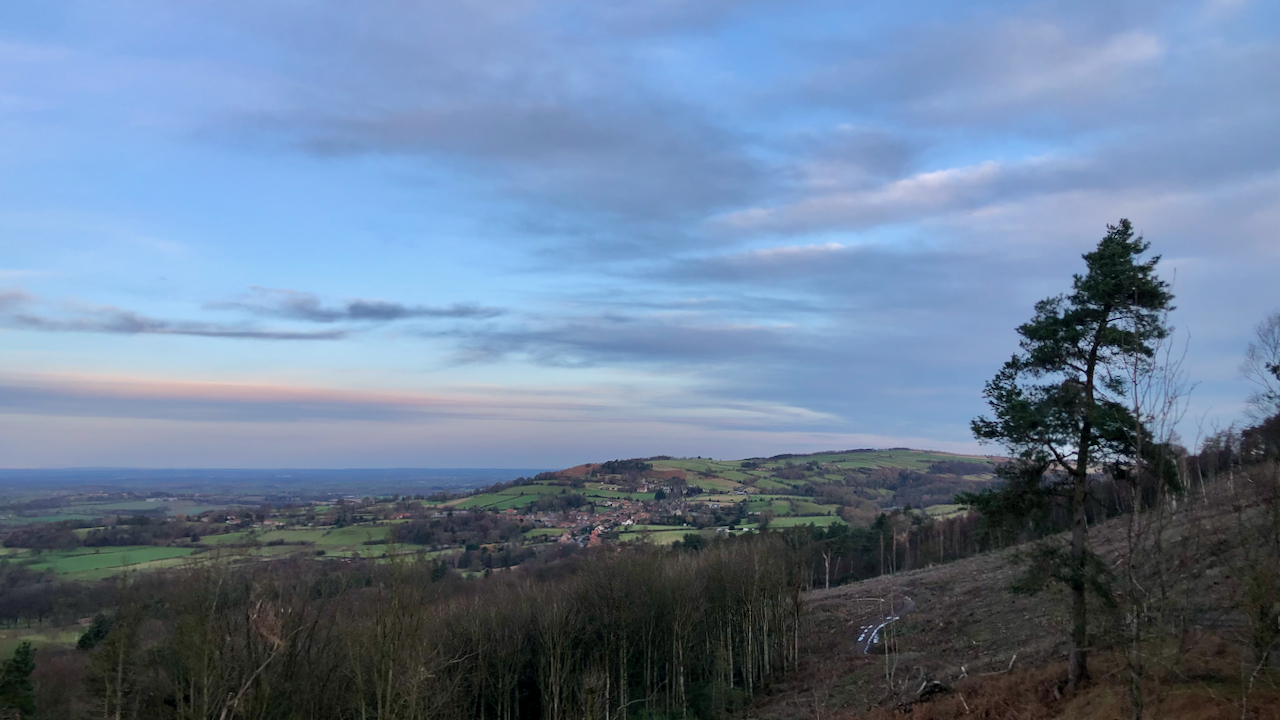
Recent deforestation of Thimberby bank has unveiled stunning vistas of the Vale of Mowbray
To the north, the honeypot village of Osmotherley, lies snuggly between the Hambleton Hills and the Cleveland Hills. The name, Osmotherley, is derived from ‘ley‘, a clearing, belonging to ‘Asmund’ or ‘Osmund’. Its title was recorded in the Domesday Book as ‘Asmundrelac’, before being transformed to ‘Osmundeslay’ and ‘Osmonderlay’. Yet, there is also a legendary…
-
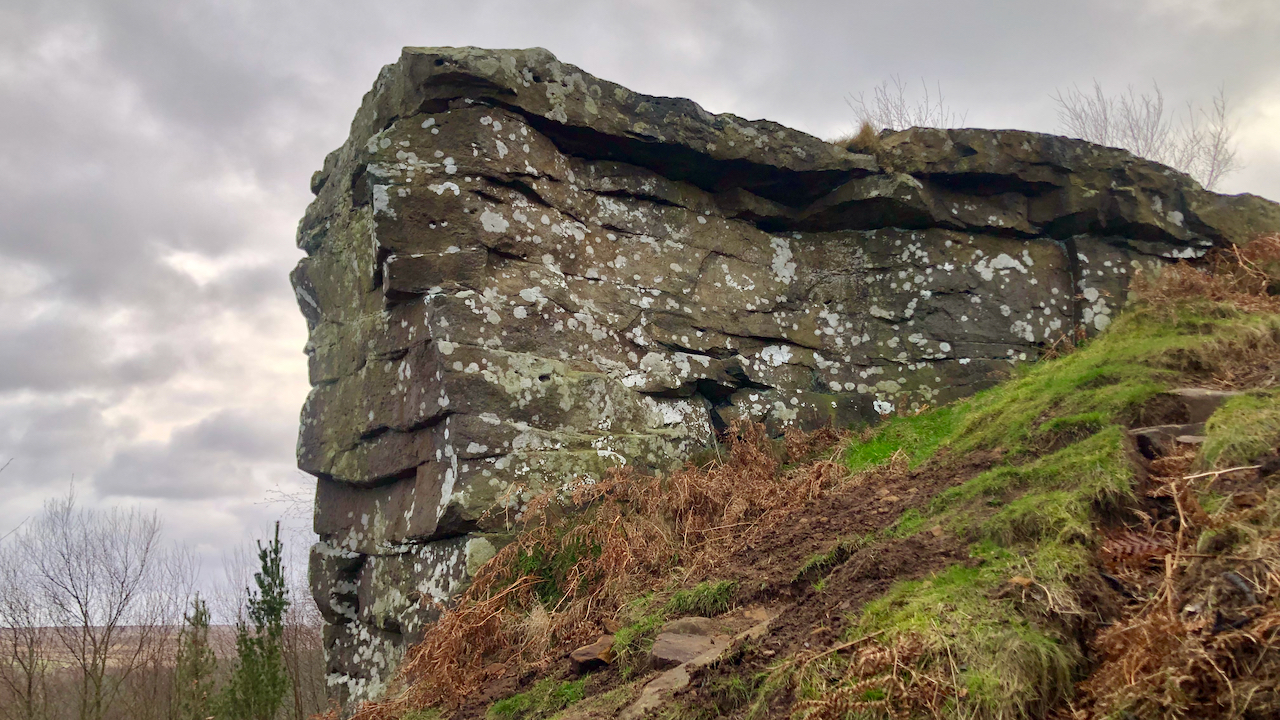
The Hanging Stone
Overlooking the heavily forested Hutton Lowcross, the sandstone outcrop at the end of Ryston Nab is well known as the Hanging Stone, presumably because it ‘hangs’ over the valley, rather than it being a site of execution. Ryston Nab, the nose on which it’s on, has a more interesting etymology. It survives from the 14th-century…
-
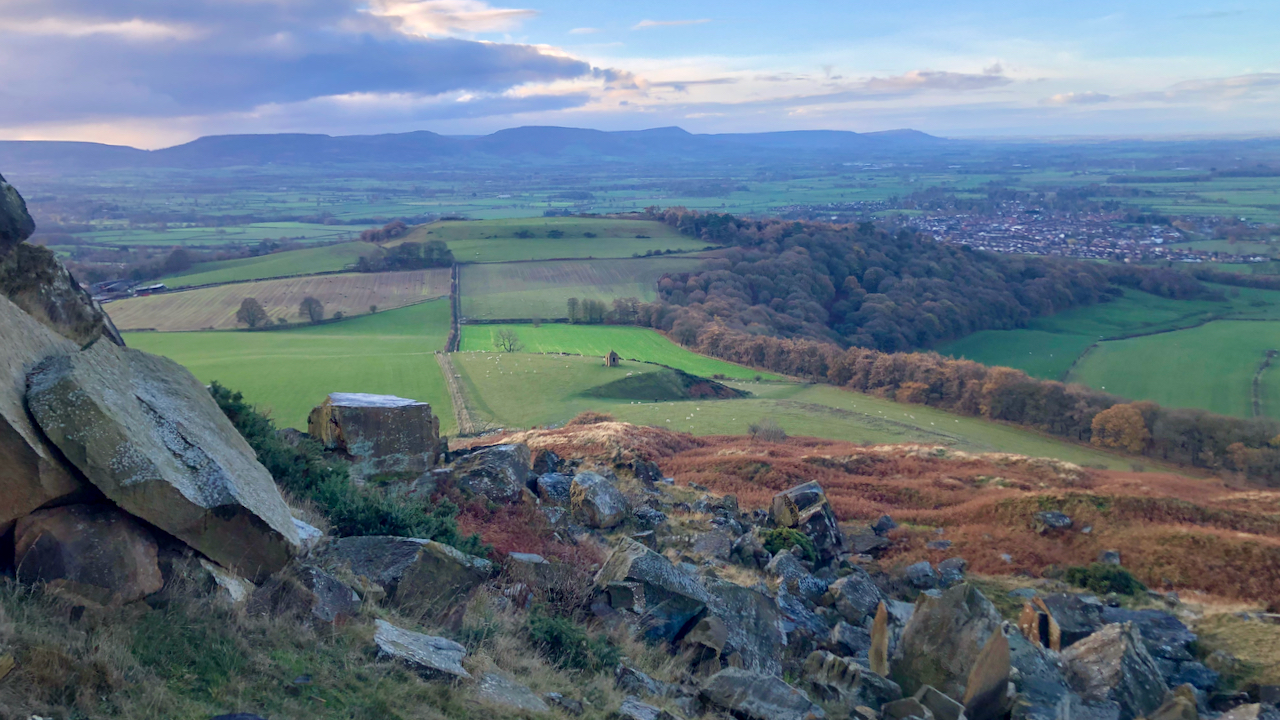
The talus of sandstone boulders at the foot of Roseberry Topping resulting from the landslip that occured in 1912
A scene of rocky confusion. ‘Talus’ is a strange word. It’s a word I actually find uncomfortable to use, long past its sell-by date. In this context it means the slope of rock debris but an alternative meaning is an anklebone. Each derives from different Latin words. Until 1830 talus was more often referred to…
-
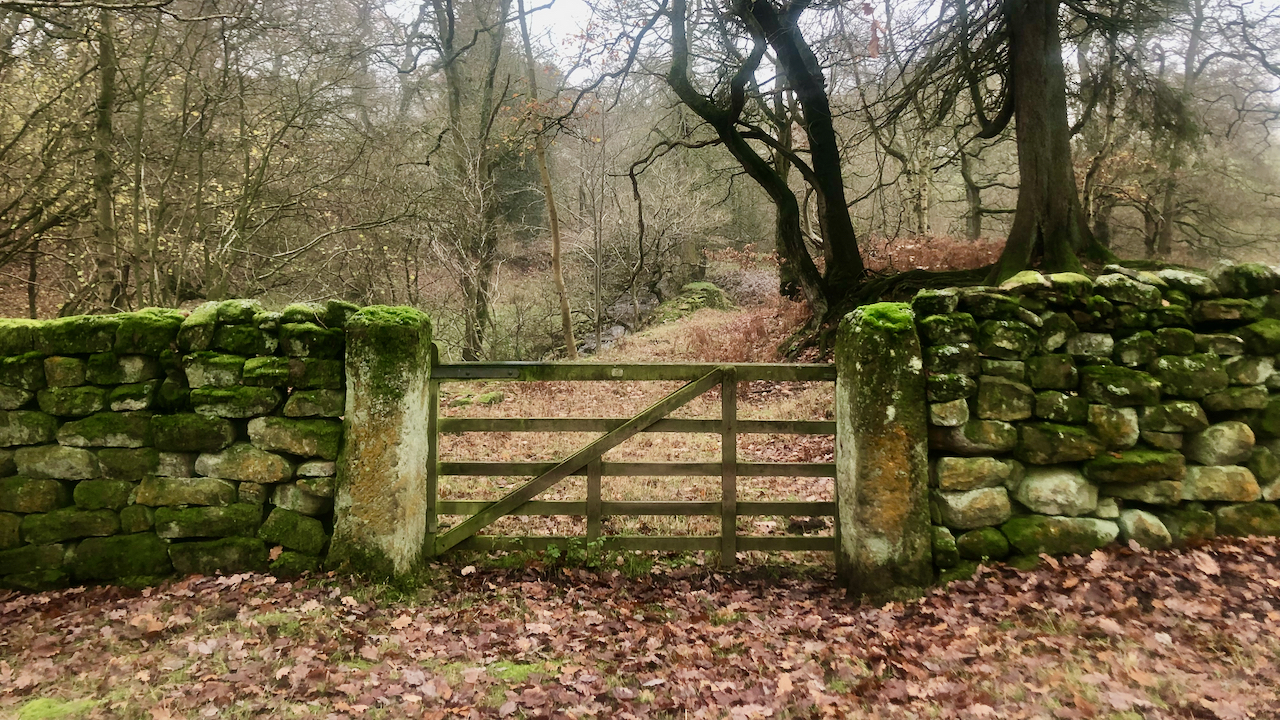
Two-stoop yate
‘Gate’, as in Westgate and Belmangate of Guisborough, is an old Scandinavian word meaning a ‘way’ or ‘road’. This is etymologically different to the modern useage of the word, which stems from the Old English word ‘geat‘ for a “door, opening, passage, or hinged framework barrier”. In Yorkshire though, we say ‘yate’, ‘yat’ or ‘yet’.…
-
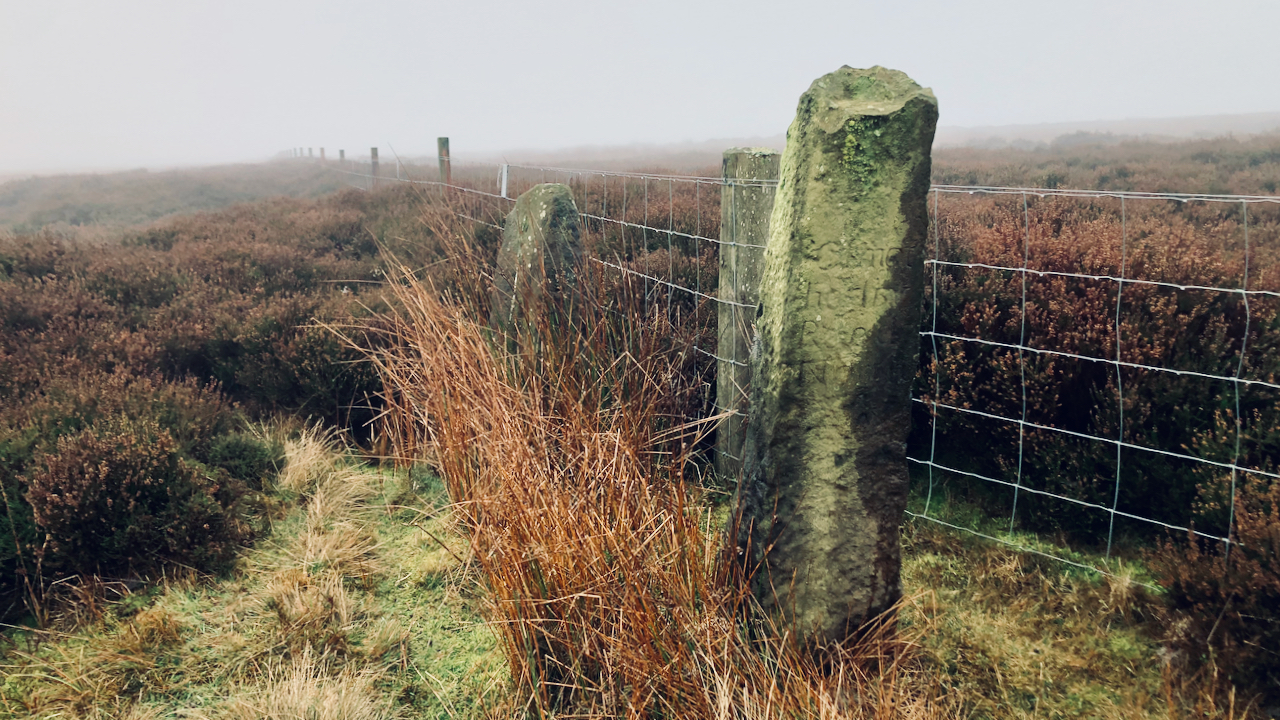
Crayaldstane
A dreary damp day with hardly no visibility so a fall back to that ubiquitous feature of the moors: standing stones. Man has erected stones upright for many reasons: to delineate a boundary, as a waymarker, a religious symbol or a monument. At Oakdale Head, on the parochial boundary between Hawnby and Nether Silton, you…
-
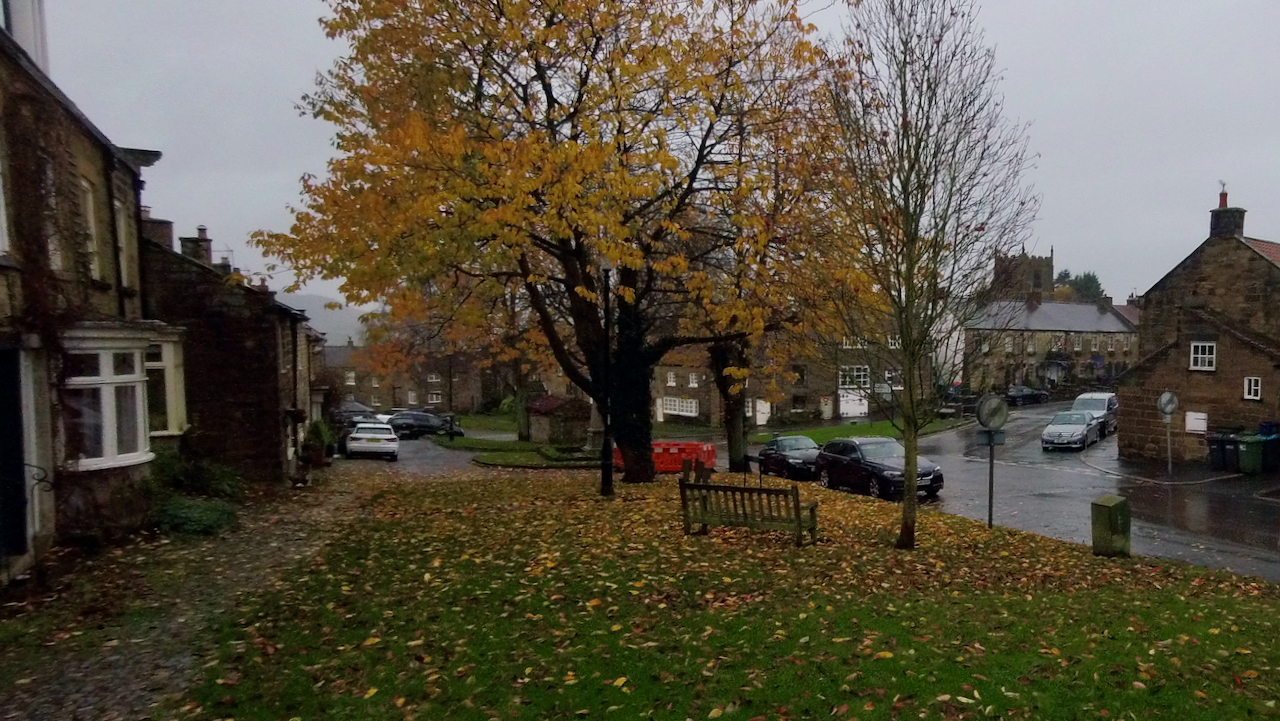
A bit of a wet morning. This was the best of the dozen or so photos I took.
It’s rare to find Osmotherley, or ‘Ossy’ as the village is commonly known, deserted and free of visitors and cars. The name derives from Asmundr, a Scandinavian who settled in a ‘leah‘ here, the Old English word for a clearing. Forget the old myth that Prince Oswy was buried here next to his grieving mother…
-
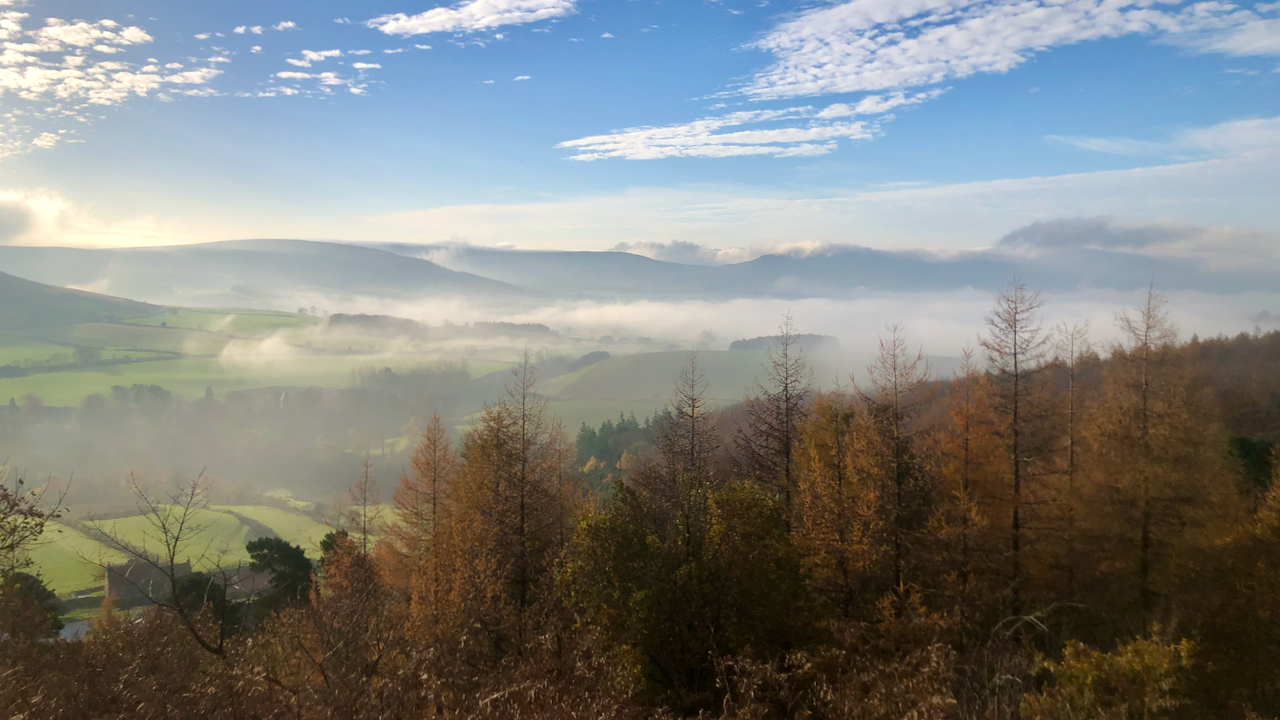
Another magicial day
The temperature inversion was not quite as dramatic as yesterday. But tomorrow is looking wet so best appreciate the day. The autumnal colours are particularly good this year with the fallowing of the oaks and beeches. Even the ubiquitous larch is looking splendid. I came across this old use of the word ‘fallow’ the other…